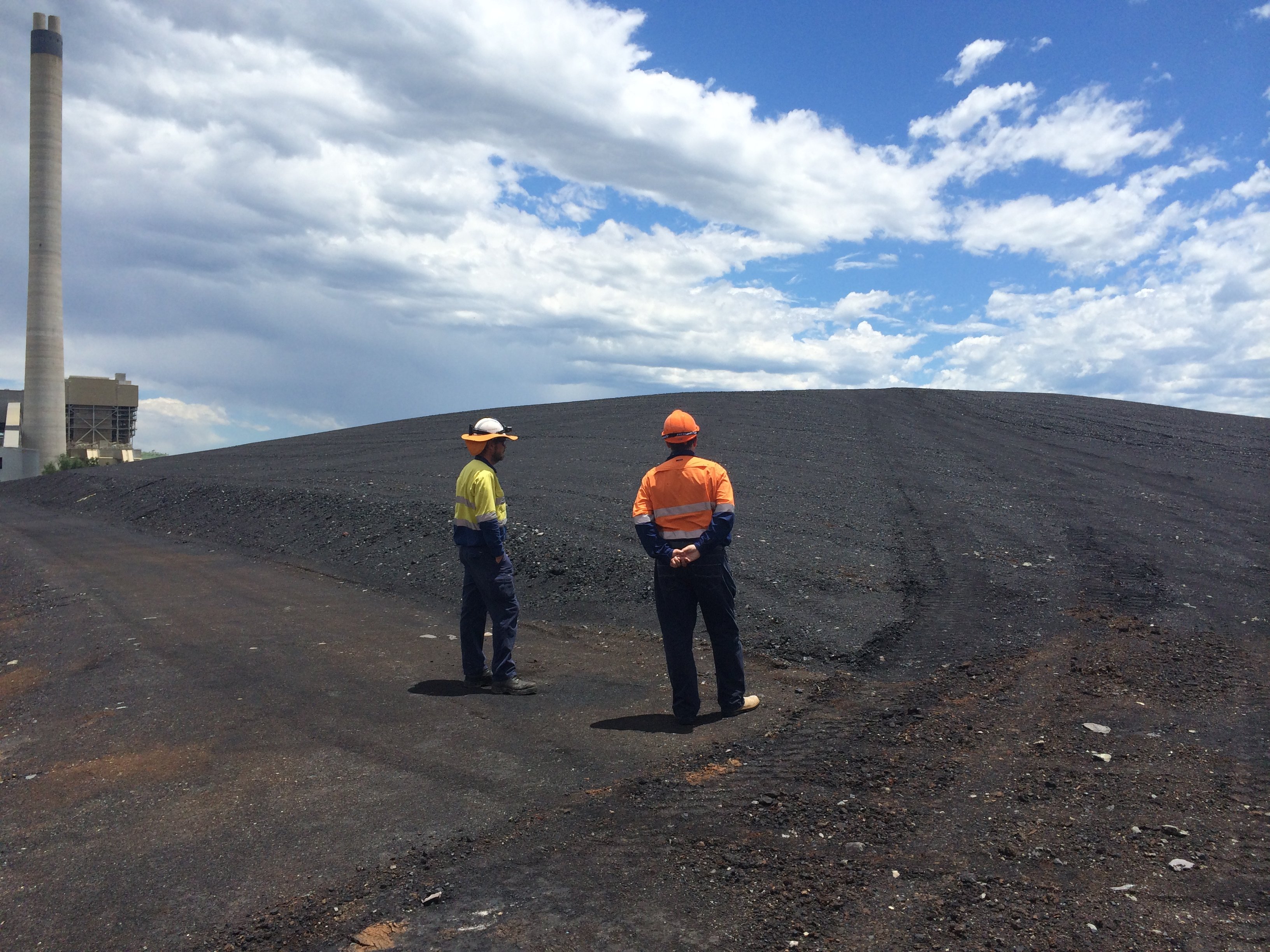
A bulk of our coal supply comes from opencast collieries with a smaller percentage coming from underground operations.
There are many problems associated with particulate matter in opencast mines that must be addressed.
Several mines’ concentration of this particulate matter often exceeds the Ambient Air Quality NEPM standard (50 75µg/m3 for standard 24-hour average PM10.)
Complaints from communities about air quality are widespread and in most cases these complaints are based around coal dust.
South Africa contributes about 3.5% of the world's coal resources. The country's production is around 3.3% of the world's annual total and exports approximately 6% of global exports.
The largest source of PM10 comes from haul trucks travelling on untreated roads (40%), however other sources of dust in a coal mine include:
- Wind erosion of overburden (27%)
- Bulldozers (8%)
- Blasting (6%)
- Dumping overburden (4%)
Haul trucks, wind erosion and bulldozers produce around 75% of PM10.
Under South Africa legislation, the revised PM10 standards for the day (8 hours Threshold Limit Value) should not exceed 75µg/m3/day, with the annual average of 40µg/m3 as per government gazette #28899.
Methods to control coal dust on haul roads include:
- Watering
- Pro-active haulroad maintenance
- Creating well-defined hauling routes
- Limiting speed of travelling vehicles
- Use of dust suppressants, material binders and ground stabilisers
Watering of haul roads in order to control dust is used in approximately 81% of underground mines and 96% of opencast coal mines, however watering alone does not minimise emissions. This approach is only a “quick fix” and long term use of watering can become a costly exercise.
Best practice is the application of dust suppressants on haul roads which have been shown to reduce emissions by 21% [Source: Katestone Environmental Report 2010]
Methods to control wind erosion on stockpiles include:
- Watering exposed areas
- Minimising areas of disturbance
- Progressive rehabilitation and
- Use of dust suppressants and material binders
Wind erosion best practice is the use of dust suppressants or materials binders combined with the timely implementation of rehabilitation (which material binders can further support).
Best practice for bulldozing includes lowering speed limits, minimising distances travelled and applying water and dust suppressants, while best practice for blasting involve restricting blast times to coincide with favourable weather conditions, and minimising the area blasted.
With instances of black lung disease being reported, it pays to be vigilant
It is imperative to control, benchmark and constantly monitor particulate matter emissions on any coalfields.
Alarms should be set to alert operators when trigger levels are being exceeded
Meteorological conditions should also be monitored and activity should be modified or ceased on particularly dry and/or windy days.
For more information and advice about controlling coal dust at your underground or opencast coal mine, call +27 12 648 8900 to speak to one of our knowledgeable engineers, or simply click here to get in touch.
![DAS_South Africa-Logo_Y[P]_SA DAS_South Africa-Logo_Y[P]_SA](https://news.dustaside.com/hs-fs/hubfs/DAS-South%20Africa/SA%20Logo/DAS_South%20Africa-Logo_Y%5BP%5D_SA.png?width=670&height=175&name=DAS_South%20Africa-Logo_Y%5BP%5D_SA.png)


